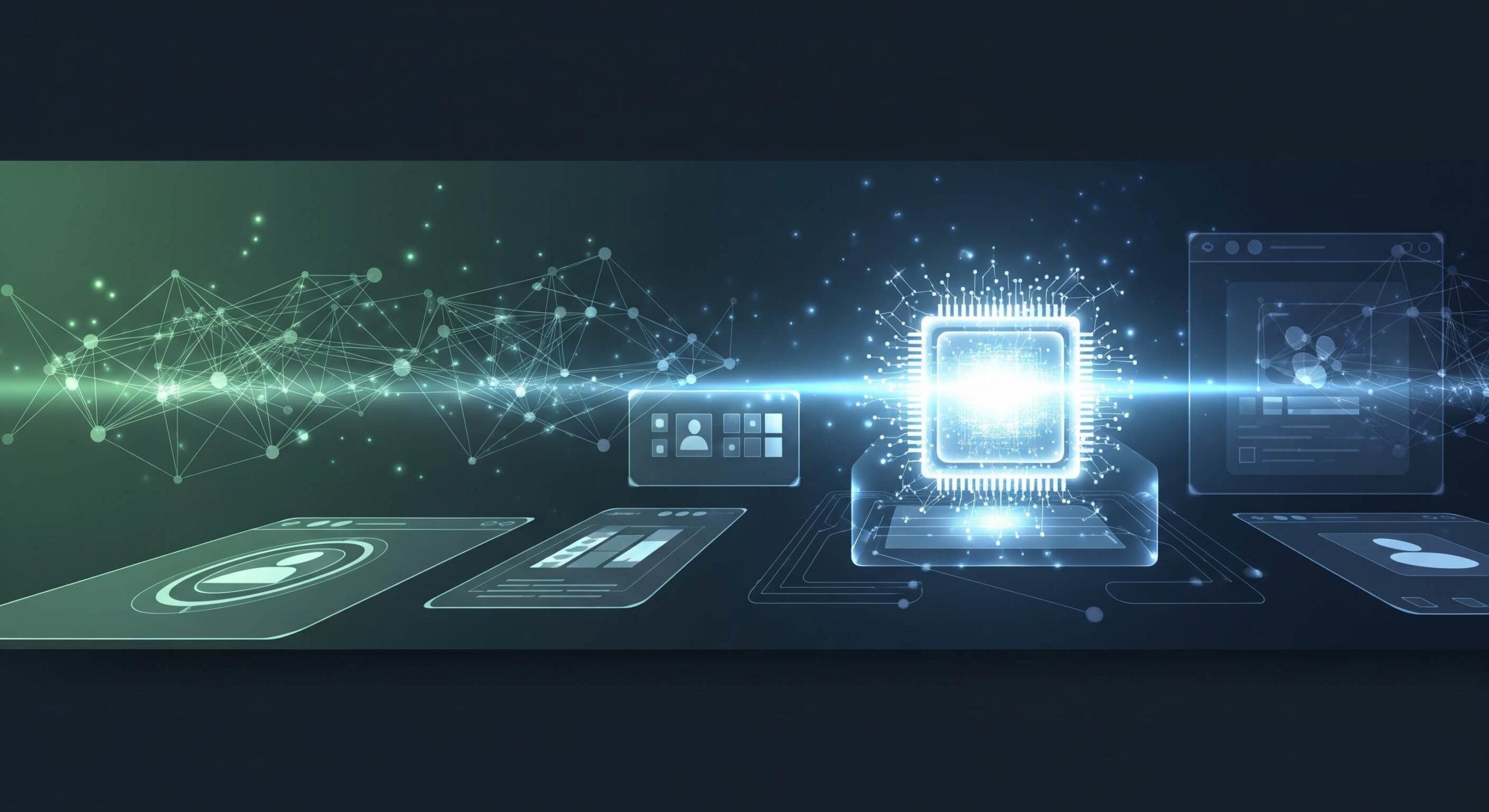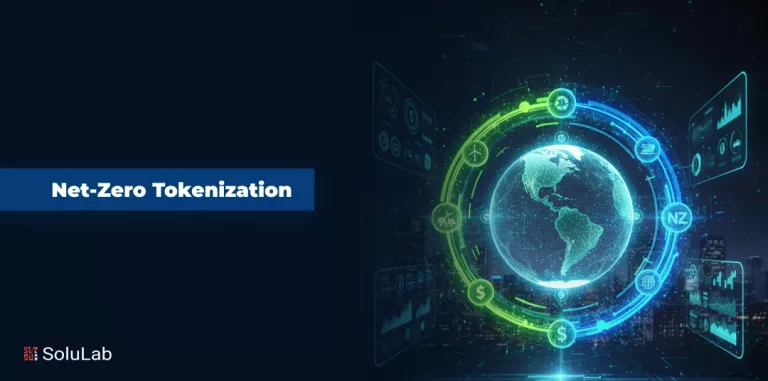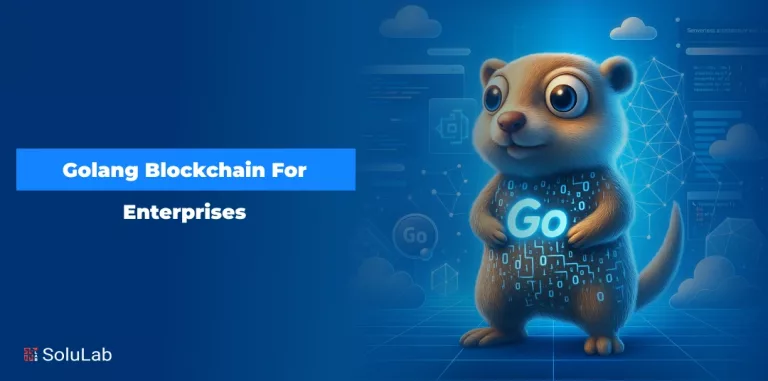
In today’s fast-paced digital world, outdated software can become a serious obstacle to business growth. Legacy systems, once powerful tools, may now hinder efficiency, expose businesses to security risks, and limit innovation. If your company still relies on legacy applications, it’s time to ask a critical question: Is your legacy software holding you back? The good news is that legacy application modernization services offer a strategic path forward—one that aligns your technology with modern business needs.
Signs Your Legacy Software Is Holding You Back
Legacy systems are typically older applications built with outdated technologies, which can be difficult to maintain and integrate with newer tools. Businesses facing any of the following issues may be suffering from software stagnation:
- Frequent crashes, downtime, or performance lags
- Poor compatibility with modern devices or cloud platforms
- High maintenance costs and technical debt
- Security vulnerabilities due to a lack of updates
- Inflexibility when it comes to scaling or adapting to market changes
These are clear indicators that legacy application modernization services are needed. Modernization not only helps overcome technical limitations but also positions companies to respond faster to evolving customer and market demands.
The Business Risks of Ignoring Legacy Systems
Sticking with outdated systems might seem like the easier or cheaper choice in the short term, but it often leads to long-term losses. Here’s why:
1. Decreased productivity: Employees waste time navigating slow, outdated interfaces or manual processes.
2. Customer frustration: Legacy systems often result in poor user experiences, limited features, or slow service delivery.
3. Security risks: Unsupported software increases exposure to cyber threats, data breaches, and compliance violations.
4. Falling behind competitors: Businesses that embrace digital transformation can innovate faster, scale more easily, and deliver better products or services.
Ignoring these issues can cause a gradual erosion of your competitive advantage, making modernization a strategic necessity rather than just a technical upgrade.
What Are Legacy Application Modernization Services?
Legacy application modernization services are professional solutions that help organizations upgrade or transform their outdated systems into modern, flexible, and scalable architectures. These services involve strategies such as:
- Rehosting (Lift-and-Shift): Moving legacy applications to the cloud without changing their architecture.
- Replatforming: Migrating applications to a new platform with minimal code changes.
- Refactoring: Rewriting portions of the application to improve performance and scalability.
- Rebuilding or Replacing: Creating entirely new applications that serve the same function with modern tools.
Modernization services often utilize technologies such as microservices, containers (e.g., Docker, Kubernetes), APIs, and cloud platforms like AWS, Azure, or Google Cloud.
How Modernization Services Solve Legacy Challenges
Modernization transforms legacy software into agile, efficient, and future-ready systems. Here’s how:
1. Scalability and performance: Refactored or cloud-based applications can handle higher loads and support future business growth.
2. Enhanced security: Updated systems are easier to monitor, patch, and defend against cyber threats.
3. Improved user experience: Modern interfaces and features lead to happier employees and customers.
4. Faster innovation: Modern systems support DevOps, CI/CD, and agile practices, enabling rapid updates and feature releases.
5. Integration-friendly: Modernized applications can easily connect with tools like CRMs, analytics platforms, or ERP systems.
Ultimately, modernization removes the friction that legacy systems introduce, allowing businesses to move forward with confidence.
Choosing the Right Modernization Strategy
There’s no one-size-fits-all approach to modernization. Businesses should start by assessing the current state of their legacy systems and defining their strategic goals. Key questions include:
- What are the main pain points of the existing system?
- Which parts of the application are mission-critical?
- What is the desired future state—cloud-native, hybrid, or something else?
In many cases, partnering with an experienced IT consultancy can help guide the process. For companies already using or planning to implement CRMs, integrating Salesforce Sales Cloud services into the modernization roadmap can add significant value. Salesforce offers robust features for customer management, sales automation, and analytics tools that can transform a business when connected with modernized systems.
Whether you’re moving data to the cloud or enabling real-time insights across teams, combining modernization with platforms like Salesforce unlocks powerful new possibilities.
Real-World Results. What Businesses Gain?
Modernizing legacy systems isn’t just about solving technical problems—it’s about unlocking business potential. Organizations that embrace modernization often report:
- Reduced IT costs: Streamlined infrastructure, fewer outages, and simplified maintenance lower overall spending.
- Faster time-to-market: Agile development environments allow faster releases and product updates.
- Increased revenue: Better performance and customer satisfaction often translate directly into higher profits.
- Stronger compliance and data control: Modern applications help meet regulatory standards and ensure data integrity.
One example: A mid-sized retail company that migrated its inventory system from an outdated on-premise platform to a cloud-native solution experienced a 40% increase in operational efficiency within six months, while also cutting IT overhead by 30%.
Legacy software might have served your business well in the past, but in today’s digital economy, it could be your biggest bottleneck. If you’re noticing signs of stagnation, high maintenance costs, or poor integration, it’s time to consider legacy application modernization services.




